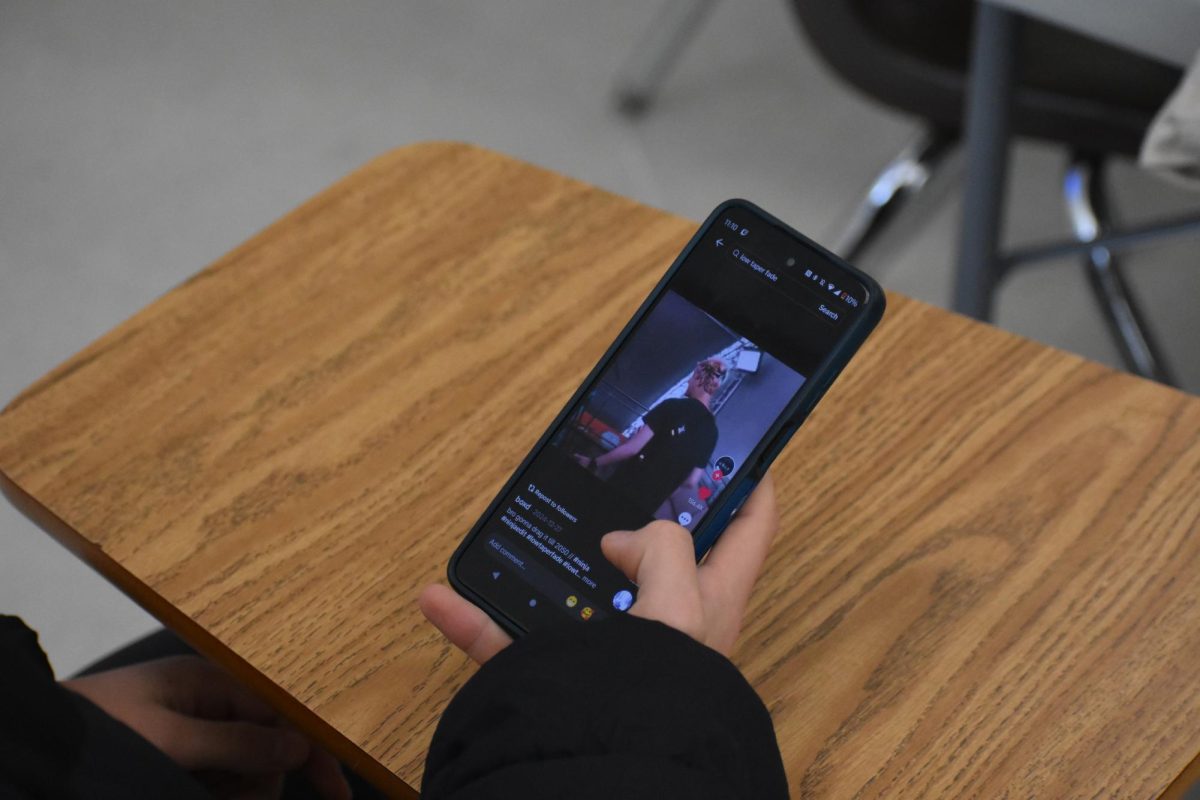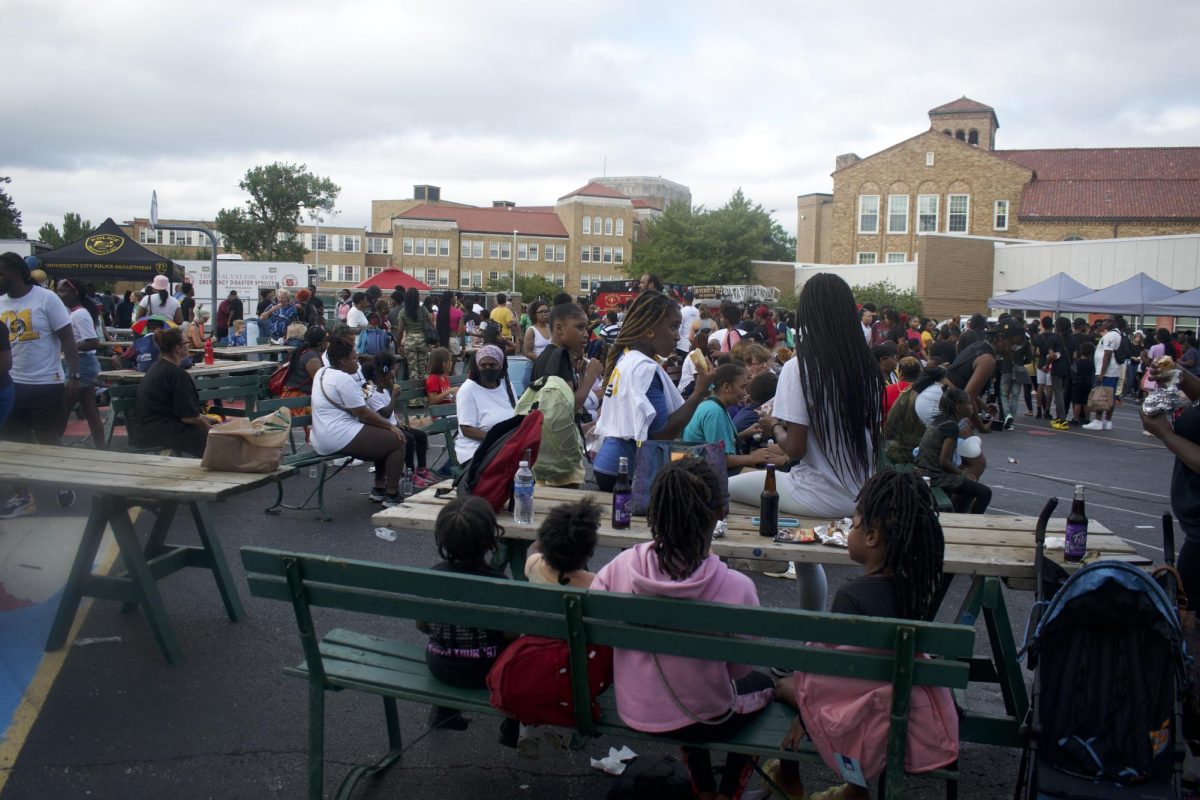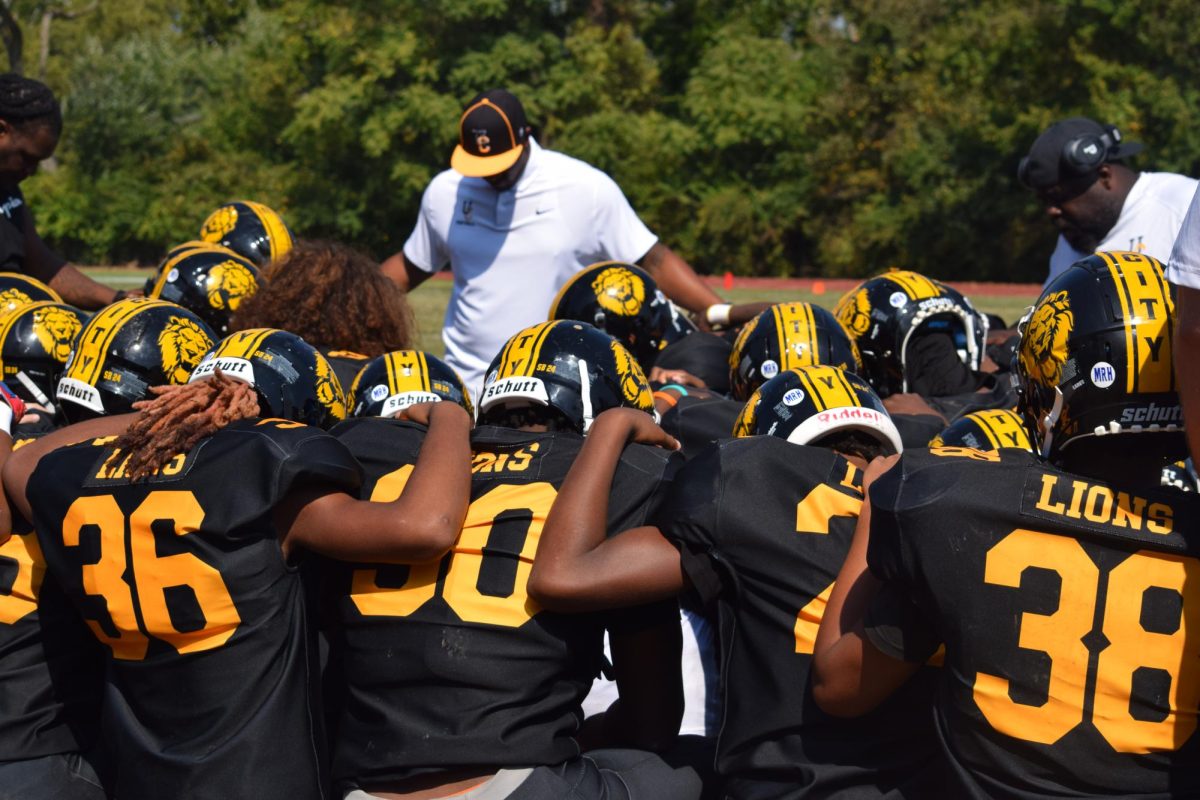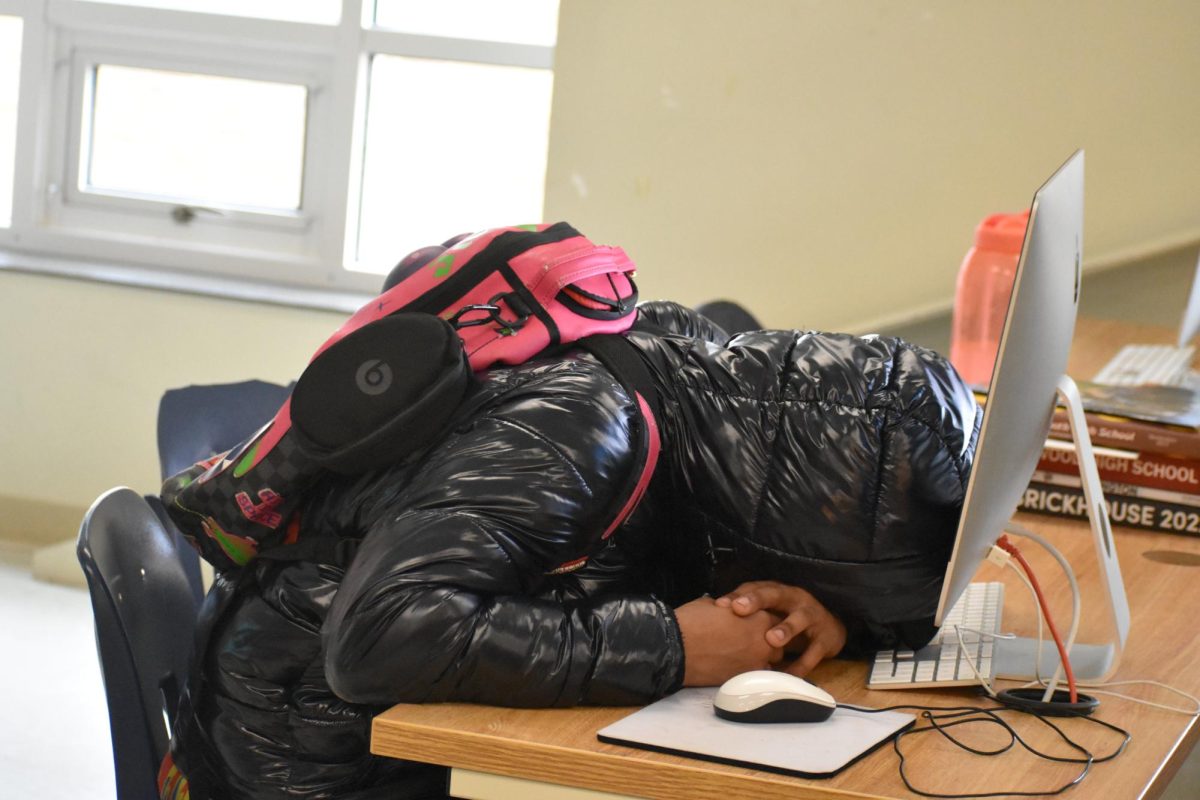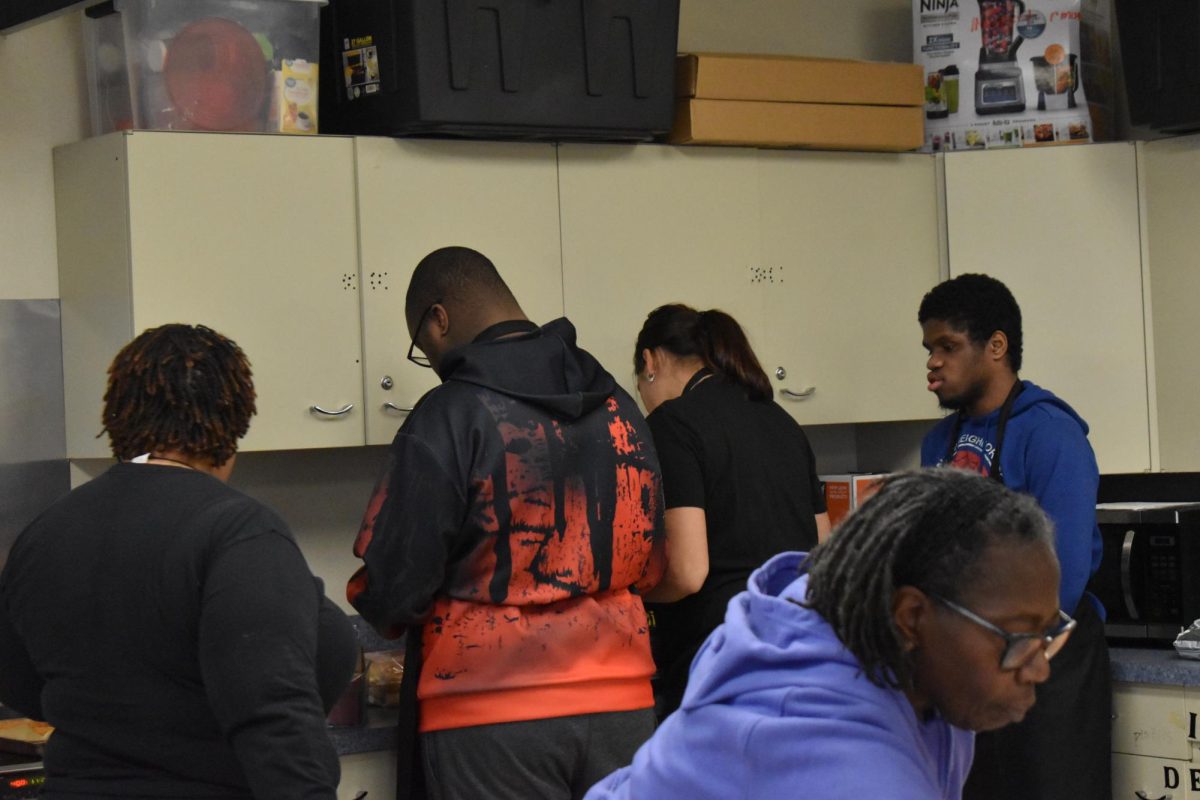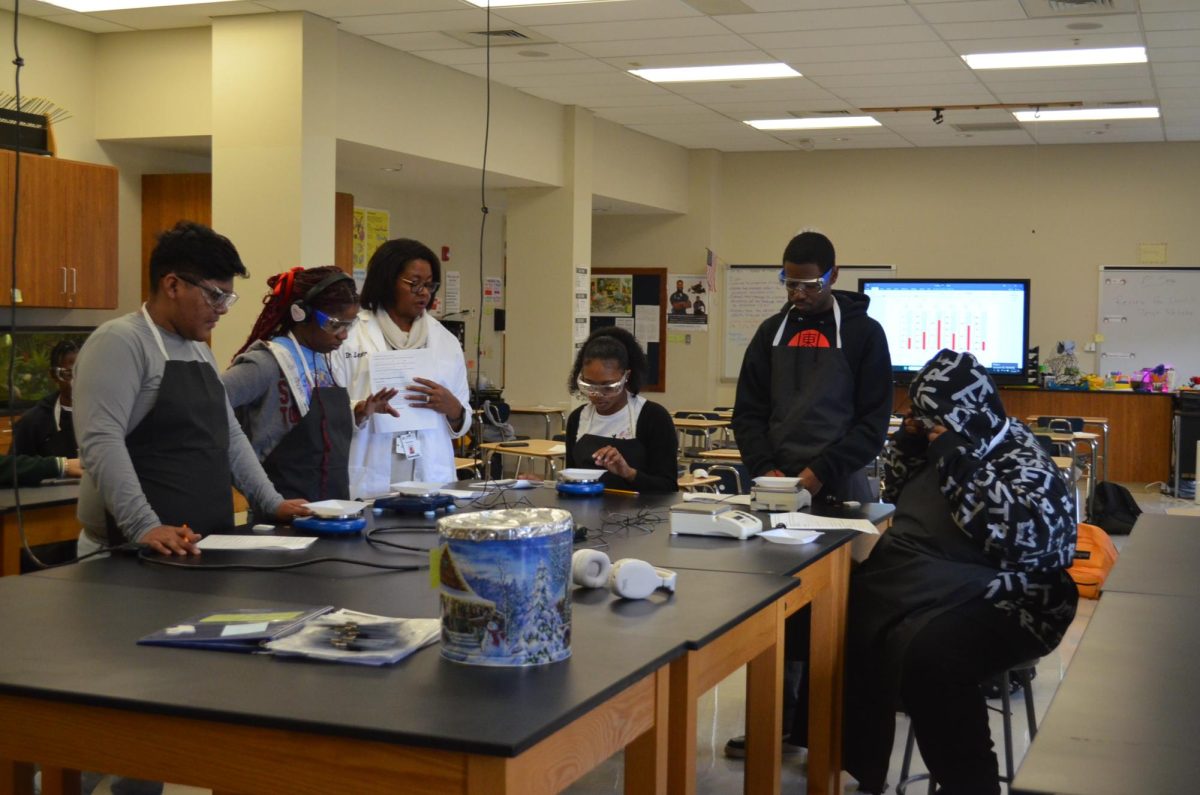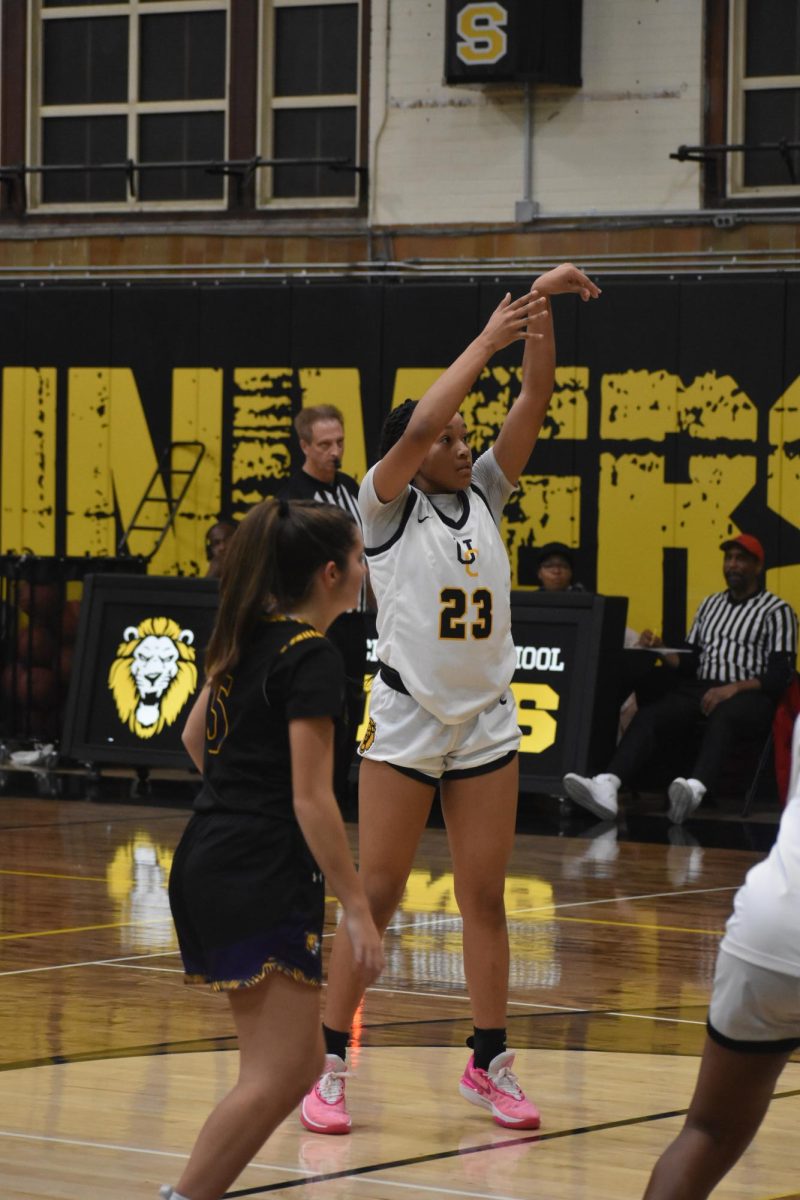1 step forward, 3 steps back
September 19, 2017
To say that the riot regarding race that happened in Charlottesville, Virginia was an unexpected eye opener to the problems facing this country would only be acceptable if you haven’t been paying attention to the history of the United States. The night before the riot, Aug. 11, there was a last-minute surprise for the white nationalists and supremacists who were planning on attending the Unite the Right rally the next day: a torchlight procession, reminiscent of the Hitler Youth marches back in the days of World War II. This parade took place at the University of Virginia, where marchers gathered around the prominent statue of Thomas Jefferson and shouted things like “White lives matter” and “Jews will not replace us,” according to reporters present for the Washington Post. These protesters were met by counter protesters at the Thomas Jefferson statue, where small skirmishes broke out, but these skirmishes were nothing compared to the rage and sorrowful protest the following day.
The next day, the Unite the Right protesters and the counter protesters began arriving at Emancipation Park around 8 am, surrounding the statue of Confederate General Robert E. Lee, that was to be taken down due to backlash, according to Time Magazine. Counter protesters, including church members, antifa members, residents, civil rights leaders and even spectators, began singing “This Little Light of Mine,” while rally goers yelled far-right slogans like “Our blood, our soil” in their faces. There was even a small militia, dressed head to toe in camouflage and carrying long rifles and pistols, who maintained that they were simply there to keep the peace. According to Al-Jazeera, by 10:30 am, an hour and a half before the actual march was scheduled to begin, there had already been quite a few skirmishes along East Market St., and it was clear that there would be an all-out brawl if the police didn’t step in.
Before we go any further, though, it’s time to discuss the question on many people’s minds- “How did we get here?” America is historically no stranger to bigotry and inequality. The document that proclaimed America’s freedom from Great Britain and made us our own nation, the Declaration of Independence, contain the words “We hold these truths to be self-evident, that all men are created equal, that they are endowed by their Creator with certain unalienable Rights, that among these are Life, Liberty and the pursuit of Happiness,” but how can these words be taken seriously when 40 of the 56 men who signed the document owned other people and viewed them as property? There weren’t even any women or Native Americans at the table when the Declaration was signed, much less people of African descent. Slavery was a lucrative institution in the early days of the United States– the slaves were paid nothing, yet the benefits of their labor were reaped, giving us structures like the U.S. Capitol Building, Thomas Jefferson’s Monticello Estate, Wall Street and even the White House, according to speech given by Michelle Obama (and later fact-checked by The Root). Slavery was seen as a necessary evil, and the lives of the slaves were not valued any more than one would value the life of a work mule. This is made painfully evident by the final ruling in the Dred Scott case in 1857, where it was decided that nobody of African descent could claim citizenship in the United States (and therefore, could not sue for their freedom like Scott attempted), and that living somewhere where slavery is illegal does not grant slaves emancipation, as it would “improperly derive [their] owners of his legal property,” harkening to the Fugitive Slave Act.
Even in recent history, the relationship between white people and black people, as well as how society views black people has been very rocky. Just take for example the case of George Stinney Jr., an African American juvenile who was tried and convicted in 1944 by an all white jury for the murder of two white girls. His trial only lasted 10 minutes. George Stinney Jr. was only 14 years old, and despite his maintaining that he was innocent and his confession was coerced, 80 days later, he was executed by electric chair, according to the Washington Post. Seventy years later, in 2014, he was exonerated via DNA evidence, and it was also acknowledged that his constitutional rights were infringed upon, including his 6th and 8th amendment rights. However, this ruling came far too late, and the acknowledgement of obvious wrongdoing wouldn’t bring George back. A similar story can be found in the 1990 trial of the Central Park Five. As written in The Guardian’s recap of the case, the victim of the crime, Trisha Meili, was jogging in Central Park when she was sexually and physically assaulted. She was in a coma for 12 days, and doctors didn’t think she would make it. While she was in the coma, the police found five likely suspects- four African American boys and one Hispanic boy. This case had been in the spotlight for awhile, and it was likely that law enforcement was getting antsy to arrest someone due to outcry on behalf of Meili. The Central Park Five were convicted of the rape and attempted murder of Trisha Meili, despite the DNA evidence found on the scene at the time supporting the theory that the crime was committed by a single, unidentified male offender, and despite the fact that the confessions of the boys were gathered under suspicious circumstances. The boys were later exonerated, but this does not change the fact that the case was racially charged– as Reverend Calvin O. Butts, a supporter of the boys, put it, “The first thing you do in the United States of America when a white woman is raped is gather a bunch of black youths, and I think that’s what happened here.” This portrayal of black men as rapists and criminals can be traced as far back as 1915, to D. W. Griffith’s adaptation of Thomas Dixon Jr.’s story, The Birth of a Nation, a film in which the KKK were the protagonists.
Returning to Emancipation Park, Aug. 2017, 10:30 am– it was apparent that there would be an all-out brawl between the Unite the Right rally goers and their counter protesters if the authorities didn’t step in. They didn’t, not even as the neo-Nazis invited friends with wooden clubs, guns and shields into the mix. By 11 am, the rally was less of a rally and more of a warzone as brawls broke out all throughout the park, and the police still hadn’t intervened due to a fear of “losing formation” among the chaos. Finally, though, at 11:22 am, the rally was declared an “unlawful assembly” and most of the violence was quelled as offenders were arrested and others shooed away. Both sides were declaring victory at the end of it all, the rally wrapping up before it was supposed to begin. There was still tension and many hateful words being flung from one side to the other as the park emptied. However, a little over two hours later, at 1:15 pm, witnesses saw a Dodge Challenger hit a sedan, which hit a minivan in front of it, the impact forcing both the sedan and the minivan forward, into a crowd of people. The driver was neo-Nazi James Alex Fields, Jr., and he was charged with second-degree murder for the death of Heather D. Heyer, a 32- year-old woman who was protesting against the Unite the Right rally goers.
Progress in America is like a pendulum– for every step forward, there’s three steps back. With the rise of the “politically correct” era and an upsurge in people, especially millennials, becoming vocal on issues of social justice, the election of Donald Trump and the riot in Charlottesville can be seen as supremacists and nationalists throwing a temper tantrum about losing their grip on this country. With a president who doesn’t censor himself and says politically and morally incorrect things regarding race, gender and wealth, groups of bigots like the KKK have obviously begun to feel emboldened, as if they’ve been given the green light to emerge from the woodwork and wreak havoc. In order to stop this epidemic, we, as a nation, need to make it very clear that we will not stand for discrimination of any kind. Don’t shy away from political conversations, because we can’t afford it now. Instead of avoiding “controversial” topics like racism and feminism, embrace them. Instead of wondering what you would do if you were alive in the Civil Rights Movement of the 1960s, do something today, because we’re experiencing a modern day movement right here, at home. Being on the the right side of history and helping dismantle establishments that keep marginalized people oppressed is far more important than staying away from awkward conversations at the dinner table. Ignoring these problems won’t make them disappear, it will make them worse. Having a dialogue with someone isn’t easy, and it won’t always go well, but it’s worth it. Even if you haven’t changed their minds or opened their eyes wider, at the very least, you’ve planted the seed for change in their head.

